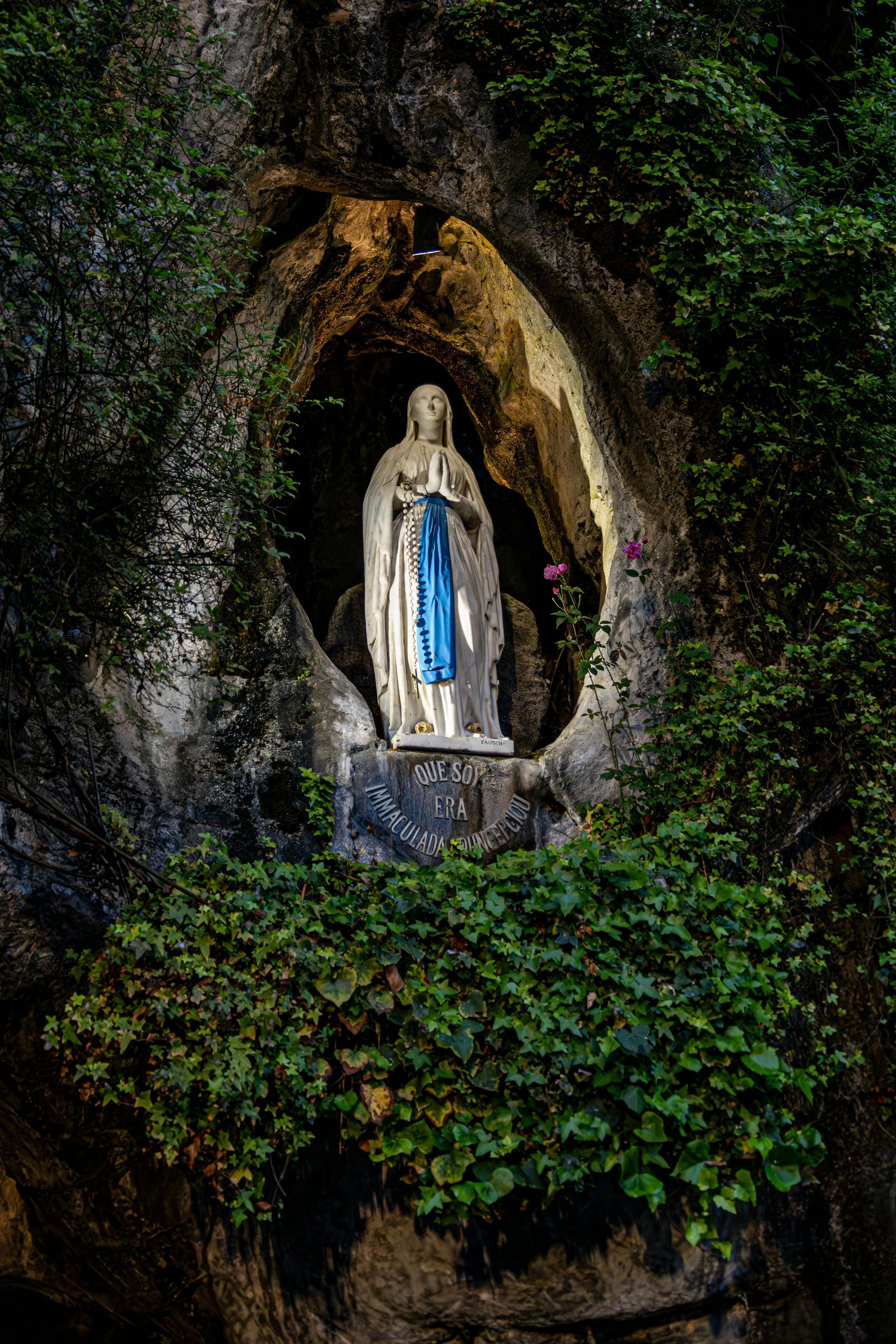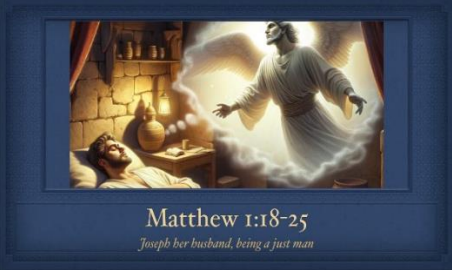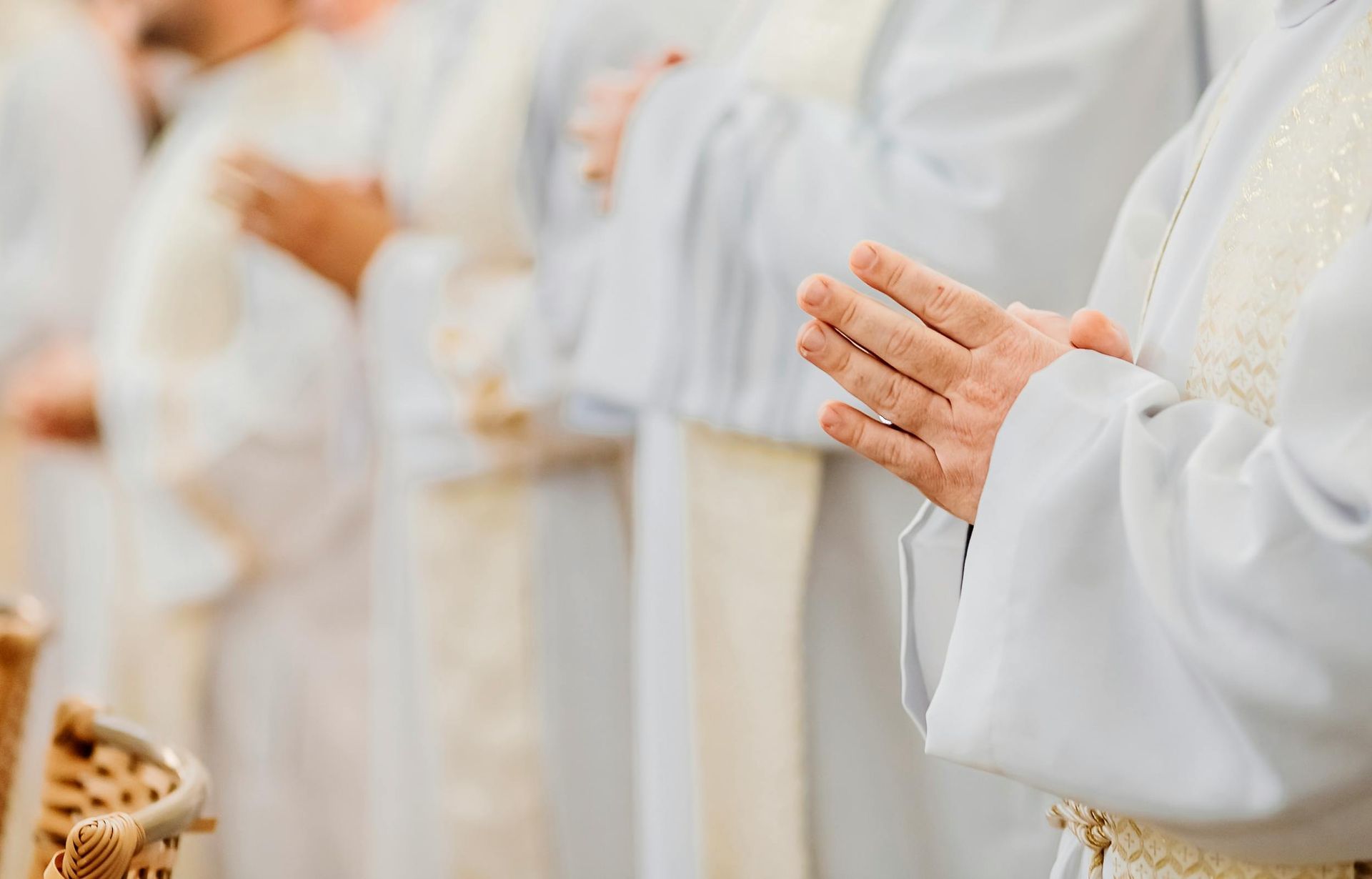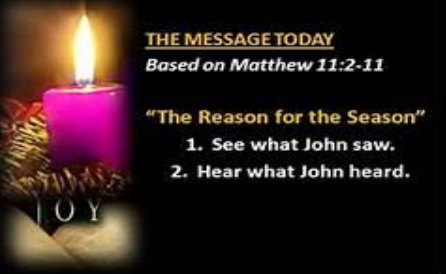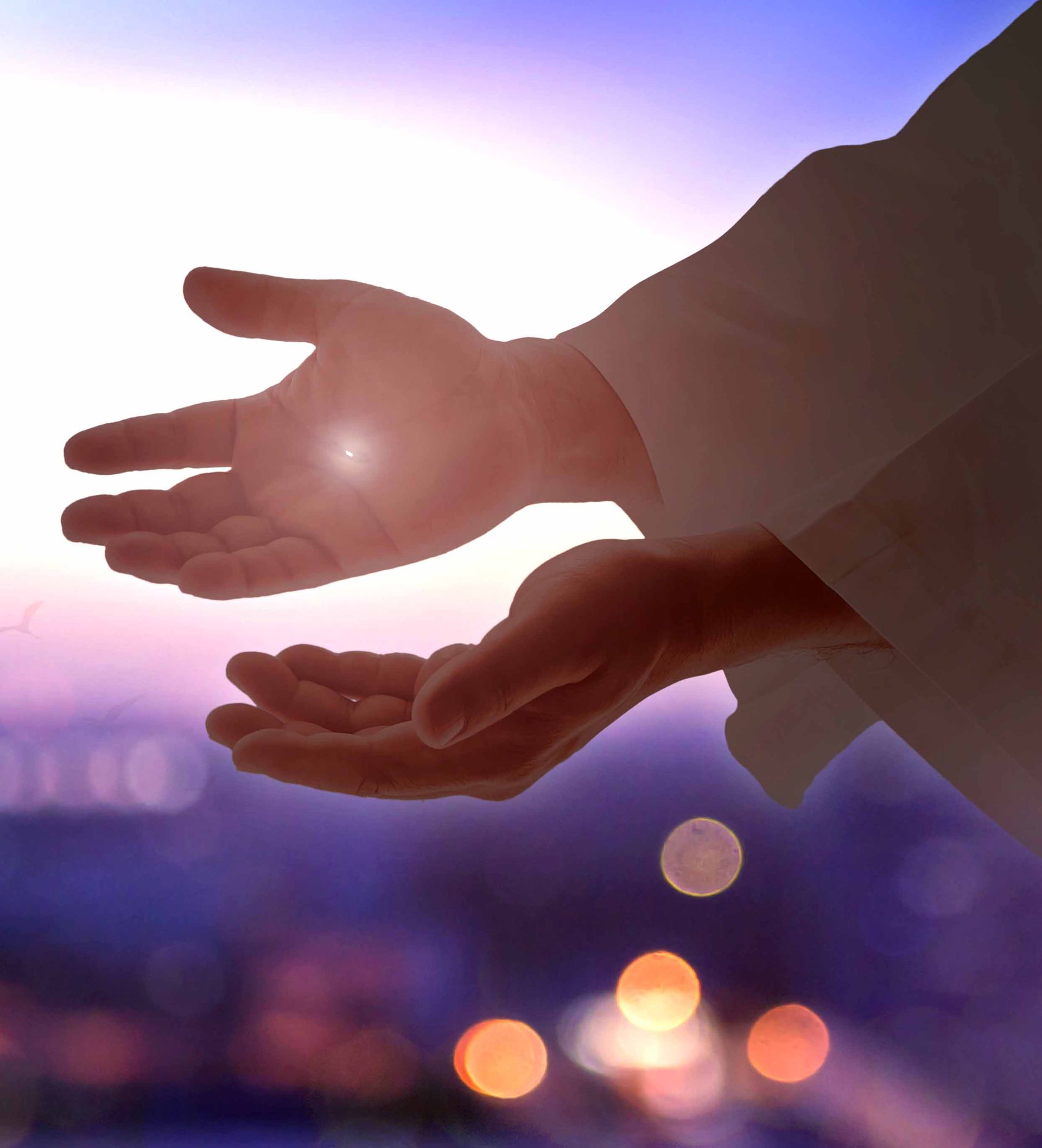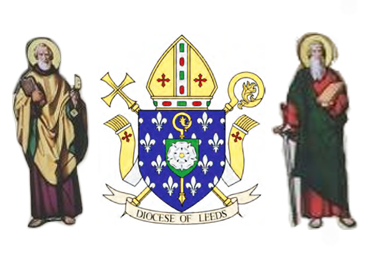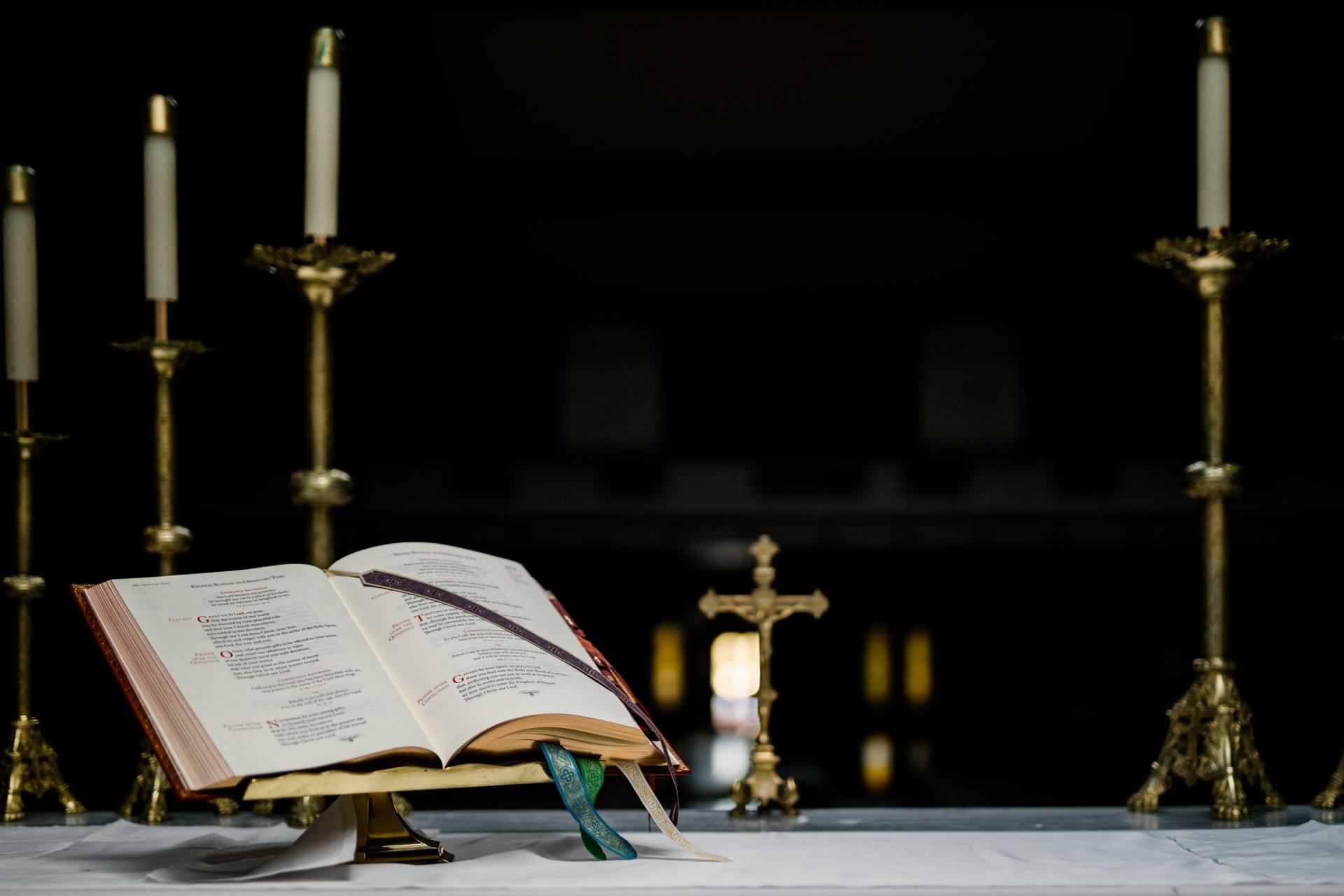The Mass (the Eucharist) is “the source and summit of the Church’s life”. In it, Christ is really, truly and substantially present under the appearances of bread and wine. Catholics listen to the Word of God and receive Christ’s Body and Blood, miraculously transformed from bread and wine, at Holy Communion.
The Fathers of the Second Vatican Council describe the Mass in the following way:
At the Last Supper, on the night when He was betrayed, our Saviour instituted the Eucharistic sacrifice of His Body and Blood. He did this in order to perpetuate the sacrifice of the Cross throughout the centuries until He should come again, and so to entrust to His beloved spouse, the Church, a memorial of His death and resurrection: a sacrament of love, a sign of unity, a bond of charity, a paschal banquet in which Christ is eaten, the mind is filled with grace, and a pledge of future glory is given to us ( Sacrosanctum Concilium 47 ).
At Mass, the sacrifice of the Cross is renewed in an “unbloody manner”, as the memorial of Christ’s death.
The liturgy of the Mass is itself divided into two parts. The first part is the liturgy of the Word, in which we listen to Christ speaking in the Scriptures. The second part is the liturgy of the Eucharist, where the sacrifice of Calvary is renewed. Strictly speaking, however, the entire Mass is one sacrifice. That is why it is sometimes called the “Sacrifice of the Mass”.
Introductory rites
The priest enters, with a deacon, if there is one, and altar servers. The deacon may carry the Book of the Gospels, which he will place on the altar, and the servers may carry a processional cross and candles and incense. During this procession, ordinarily, the entrance chant is sung. If there is no singing at the entrance, the entrance antiphon is recited either by some or all of the people or by a lector; otherwise it is said by the priest himself. When the priest arrives at his chair, he leads the assembly in making the sign of the cross, saying, “In the name of the Father, and of the Son, and of the Holy Spirit”, to which the people answer: “Amen”. Then the priest “signifies the presence of the Lord to the community gathered there by means of the Greeting. By this Greeting and the people’s response, the mystery of the Church gathered together is made manifest” ( General Instruction of the Roman Missal 50). The greetings are derived from the Pauline epistles.
Then the priest invites those present to take part in the Act of Penitence, of which the Missal proposes three forms, the first of which is the Confiteor. This is concluded with the priest’s prayer of absolution, “which, however, lacks the efficacy of the Sacrament of Penance” ( GIRM 51). “On Sundays, especially in the Season of Easter, in place of the customary Act of Penitence, from time to time the blessing and sprinkling of water to recall Baptism may take place” ( GIRM 51).
“After the Act of Penitence, the Kyrie is always begun, unless it has already been included as part of the Act of Penitence. Since it is a chant by which the faithful acclaim the Lord and implore his mercy, it is ordinarily done by all, that is, by the people and with the choir or cantor having a part in it” ( GIRM 52). The Kyrie may be sung or recited in the vernacular language or in the original Greek.
“The Gloria in excelsis Deo is a very ancient and venerable hymn in which the Church, gathered together in the Holy Spirit, glorifies and entreats God the Father and the Lamb. … It is sung or said on Sundays outside the Seasons of Advent and Lent, on solemnities and feasts, and at special celebrations of a more solemn character” ( GIRM 53). In accordance with that rule, the Gloria is omitted at funerals. It is also omitted for ordinary feast-days of saints, weekdays, and Votive Masses. It is also optional, in line with the perceived degree of solemnity of the occasion, at Ritual Masses such as those celebrated for Marriage (“Nuptial Mass”), Confirmation or Religious Profession, at Masses on the Anniversary of Marriage or Religious Profession, and at Masses for Various Needs and Occasions.
“Next the priest invites the people to pray. All, together with the priest, observe a brief silence so that they may be conscious of the fact that they are in God’s presence and may formulate their petitions mentally. Then the priest says the prayer which is customarily known as the Collect and through which the character of the celebration is expressed” ( GIRM 54).
Liturgy of the Word
On Sundays and solemnities, three Scripture readings are given. On other days there are only two. If there are three readings, the first is from the Old Testament (a term wider than Hebrew Scriptures, since it includes the Deuterocanonical Books), or the Acts of the Apostles during Eastertide. The first reading is followed by a Responsorial Psalm, a complete Psalm or a sizeable portion of one. A cantor, choir or lector leads, and the congregation sings or recites a refrain. The second reading is from the New Testament, typically from one of the Pauline epistles. The reader typically concludes each reading by proclaiming that the reading is “the word of the Lord”, and congregation responds by saying “Thanks be to God”.
If a deacon participates, he reads the Gospel. A priest, bishop, or even the Pope should not proclaim the Gospel if a deacon is participating.
The final reading and high point of the Liturgy of the Word is the proclamation of the Gospel. This is preceded by the singing or recitation of the Gospel Acclamation, typically an Alleluia with a verse of Scripture, which may be omitted if not sung. Alleluia is replaced during Lent by a different acclamation of praise. All stand while the Gospel is chanted or read by a deacon or, if none is available, by a priest. To conclude the Gospel reading, the priest or deacon proclaims, “This is the Gospel of the Lord” and the people respond, “Praise to you, Lord Jesus Christ”. The priest or deacon then kisses the book.
At least on Sundays and Holy Days of Obligation, a homily, a sermon that draws upon some aspect of the readings or the liturgy of the day, is then given. Ordinarily the priest celebrant himself gives the homily, but he may entrust it to a concelebrating priest or, occasionally, to the deacon, but never to a lay person. In particular cases and for a just cause, a bishop or priest who is present but unable to concelebrate may give the homily. On days other than Sundays and Holy Days of Obligation, the homily, though not obligatory, is recommended.
On Sundays and solemnities, all then profess their Christian faith by reciting or singing the Nicene Creed or, especially from Easter to Pentecost, the Apostles’ Creed, which is particularly associated with baptism and often used with Masses for children.
The Liturgy of the Word concludes with the General Intercessions or “Prayers of the Faithful”. The priest speaks a general introduction, then a deacon or lay person addresses the congregation, presenting some intentions for prayer, to which the congregation responds with a short response such as: “Lord hear our prayer”. The priest may conclude with a supplication.
Liturgy of the Eucharist
The linen corporal is spread over the center of the altar, and the Liturgy of the Eucharist begins with the ceremonial placing on it of bread and wine. These may be brought to the altar in a procession, especially if Mass is celebrated with a large congregation. The bread (wheaten and unleavened) is placed on a paten, and the wine (from grapes), mixed with a little water, is put in a chalice. As the priest places each on the corporal, he says a silent prayer over each individually, which, if this rite is unaccompanied by singing, he is permitted to say aloud, in which case the congregation responds to each prayer with: “Blessed be God forever”. Then the priest washes his hands, “a rite that is an expression of his desire for interior purification”.
The congregation, which has been seated during this preparatory rite, rises, and the priest gives an exhortation to pray: “Pray, brethren, that ot our sacrifice may be acceptable to God, the almighty Father”. The congregation responds: “May the Lord accept the sacrifice at your hands, for the praise and glory of his name, for our good, and the good of all his Church”. The priest then pronounces the variable prayer over the gifts that have been set aside.
The Eucharistic Prayer, “the source and summit of the entire celebration”, then begins with a dialogue between priest and people. This dialogue opens with the normal liturgical greeting, but in view of the special solemnity of the rite now beginning, the priest then exhorts the people: “Lift up your hearts”. The people respond with: “We lift them up to the Lord”. The priest then introduces the great theme of the Eucharist, a word originating in the Greek word for giving thanks: “Let us give thanks to the Lord, our God”, he says. The congregation joins in this sentiment, saying: “It is right to give him thanks and praise”.
The priest then continues with one of many Eucharistic Prayer prefaces, which lead to the Sanctus acclamation: “Holy, Holy, Holy Lord God of power and might, Heaven and Earth are full of your glory, Hosanna in the Highest, Blessed is he who comes in the name of the Lord, Hosanna in the Highest”.
In the Diocese of Salford the people kneel immediately after the singing or recitation of the Sanctus. However, the general rule is that they kneel somewhat later, for the Consecration, when, according to Catholic faith, the whole substance (what they are prior to the consecration) of the bread and wine is converted into that of the body and blood of Christ (which are now inseparable from one another and from his soul and divinity), while the accidents (or appearances) of bread and wine remain unaltered.
The Eucharistic Prayer includes the Epiclesis , through which the Church implores the power of the Holy Spirit that the gifts that have been set aside may become Christ’s body and blood and that the Communion may be for the salvation of those who will partake of it.
The central part is the Institution Narrative and Consecration, recalling the words and actions of Jesus at his Last Supper, which he told his disciples to do in remembrance of him.
Immediately after the Consecration and the display to the people of the consecrated elements, the priest invites the people to proclaim the “mystery of faith”, and the congregation joins in reciting the Memorial Acclamation. The Roman Missal gives three forms of this acclamation.
The Eucharistic Prayer also includes the Anamnesis , expressions of offering, and intercessions for the living and dead.
It concludes with a doxology, with the priest lifting up the paten with the host and the deacon (if there is one) the chalice, and the singing or recitation of the Amen by the people. The unofficial term, “The Great Amen” is sometimes applied to this Amen.
All together recite or sing the “Lord’s Prayer” ( Pater Noster or “Our Father”). The priest introduces it with a short phrase and follows it up with the embolism: “Deliver us, Lord, from every evil, and grant us peace in our day. In your mercy keep us free from sin and protect us from all anxiety as we wait in joyful hope for the coming of our Saviour, Jesus Christ”. The people then add the doxology: “For the kingdom, the power, and the glory are yours, now and forever”.
Next comes the rite of peace ( pax ). After praying: “Lord Jesus Christ, you said to your apostles: “I leave you peace, my peace I give you”. Look not on our sins, but on the faith of your Church, and grant us the peace and unity of your kingdom where you live for ever and ever”, the priest wishes the people the peace of Christ: “The peace of the Lord be with you always”. The deacon or, in his absence, the priest may then invite those present to offer each other the sign of peace. The form of the sign of peace varies according to local custom for a respectful greeting (for instance, a handshake or a bow between strangers, or a kiss/hug between family members).
While the “Lamb of God” ( Agnus Dei in Latin) litany is sung or recited, the priest breaks the host and places a piece in the main chalice; this is known as the rite of fraction and commingling.
If extraordinary ministers of Holy Communion are required, they may come forward at this time, but they are not allowed to go to the altar itself until after the priest has received Communion ( GIRM 162). The priest then presents the transubstantiated elements to the congregation, saying: “This is the Lamb of God who takes away the sin of the world. Happy are those who are called to his supper”. Then all repeat: “Lord, I am not worthy to receive you, but only say the word and I shall be healed”. The priest then receives Communion and, with the help, if necessary, of extraordinary ministers, distributes Communion to the people, who, as a rule, approach in procession. When receiving Holy Communion, the communicant bows his or her head before the Sacrament as a gesture of reverence, and may receive the consecrated host either on the tongue or in the hand, at the discretion of each communicant. The distributing minister says: “The body of Christ” or, “The blood of Christ”, according as the element distributed is the consecrated bread or the consecrated wine, or: “The body and blood of Christ”, if both are distributed together (by intinction). The communicant responds: “Amen”.
While Communion is distributed, an appropriate song is recommended. If that is not possible, a short antiphon is recited before the distribution begins.
“The sacred vessels are purified by the priest, the deacon, or an instituted acolyte after Communion or after Mass, insofar as possible at the credence table” ( GIRM 279). Then the priest concludes the Liturgy of the Eucharist with the post-Communion Prayer, for which the people are invited to stand.
Concluding rite
After the Post-Communion prayer, announcements may be made. The Missal says these should be brief. The priest then gives the usual liturgical greeting and imparts his blessing. The liturgy concludes with a dialogue between the priest and congregation. The deacon, or in his absence, the priest himself then dismisses the people. The Latin formula is simply “ Ite, missa est ”, but the 1973 English Missal gives a choice of dismissal formulas. The congregation responds: “Thanks be to God”. The priest and other ministers then leave, often to the accompaniment of a recessional hymn, and the people then depart. In some countries the priest customarily stands outside the church door to greet them. Source: Wikipedia , with adaptations
